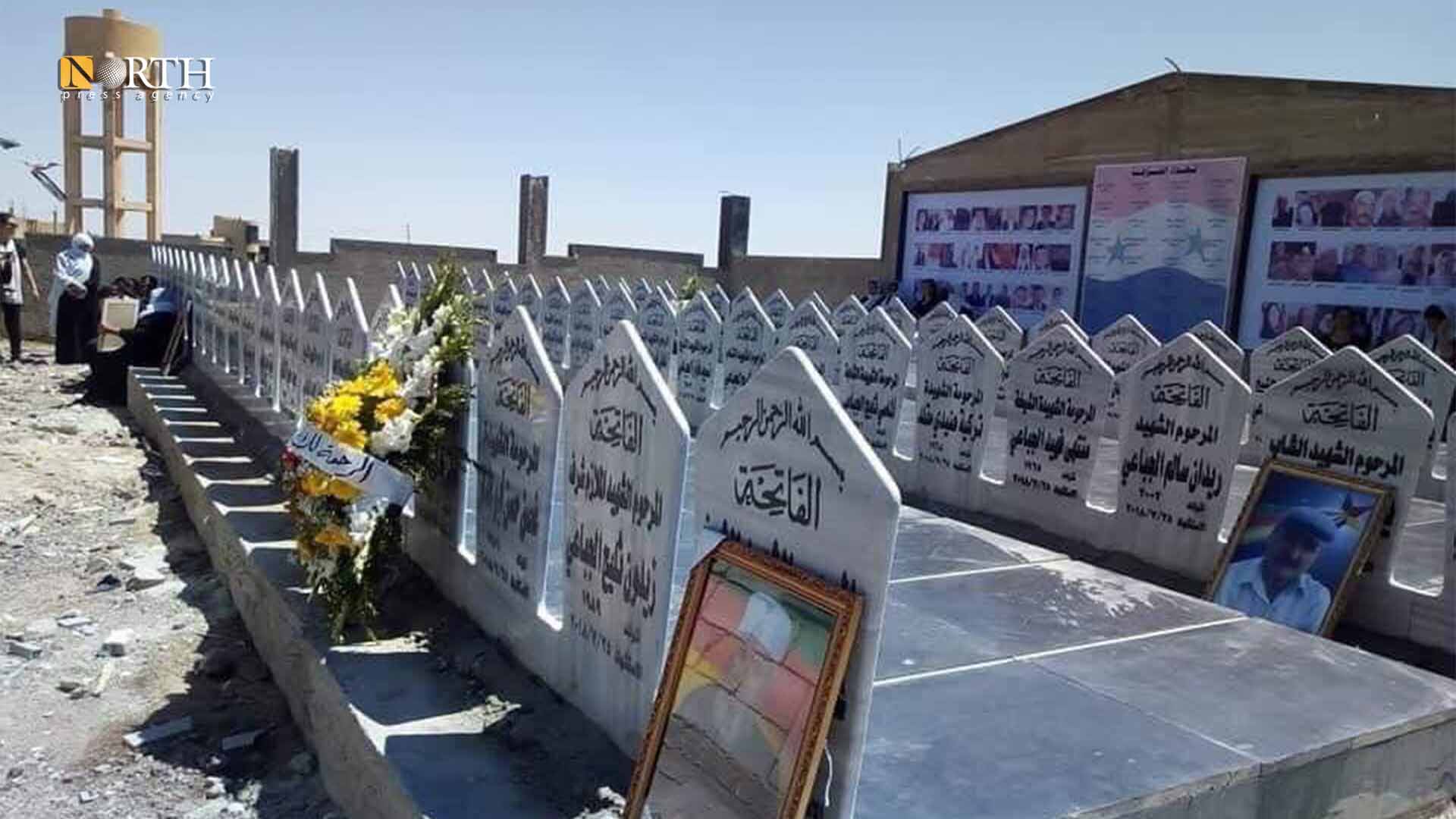SUWAYDA, Syria (North Press) – On the backdrop of the latest attack by the Islamic State Organization (ISIS) sleeper cells on al-Sina’a prison in Guweiran neighborhood of Hasakah city, northeast Syria, fears arouses among residents of border villages in Suwayda governorate, south Syria, of being subjected to a new attack by ISIS as in 2018.
Fears aroused after circulating news about inmates who managed to escape the prison and headed to the Syrian desert, east of the governorate.
The ISIS attack on Hasakah city, “indicates ISIS has been undefeated yet,” Maher Abu Ammar, a pseudonym for a resident of Shabki village, in the eastern countryside of Suwayda, said.
Abu Ammar expressed his concerns that ISIS may attack his villages again as in 2018.
“Residents of the village are constantly worrying because their village is the first line of defense when heading to the desert,” he added.
On January 20, ISIS sleeper cells attacked al-Sina’a prison, where thousands of ISIS inmates are detained, whom the Syrian Democratic Forces (SDF) arrested during the years of war to defeat ISIS.
The attack was launched in tandem with three explosions in an attempt to escape ISIS inmates from the prison.
The vicinity of the prison and the surrounding neighborhoods witnessed clashes between SDF and the Internal Security Forces of North and East Syria (Asayish) supported by the US-led Global Coalition on one hand and ISIS sleeper cells on the other because ISIS members leaked into and hid in those neighborhoods.
Yesterday, the SDF announced the prison has been fully recaptured.
Accusations
The ISIS attack on al-Sina’a prison made residents of border villages of Suwayda recall the incidents when the ISIS members attacked their villages and committed massacres against them.
On July 25 of 2018, dozens of ISIS members attacked residents of Shurayhi, Shabki, Doma and Rami villages where they killed dozens.
Shurayhi village was the first to be attacked by ISIS because it is adjacent to the Syrian desert.
The attack started at about 04:00 am and clashes continued for hours, according to local residents.
Six suicide bombers infiltrated to Suwayda, one of them blasted himself in a market for selling vegetables while others were pursued by young men of the city another ISIS suicide bomber, when arrested, exploded himself near a young man of Suwayda.
Meanwhile, another one exploded himself in a civil house, where he hid, reporting casualties and wounded.
At the time, hundreds of young men of different cities and towns of Suwayda mobilized with other people of Mount Hermon, Jaramana, Sahnaya and others to fight ISIS leading to clashes lasted four hours between the two parties.
Although there was no accurate statistics over the victims’ number in the eastern villages of Suwayda, local residents estimated the number at about 260 civilians and over 80 ISIS members were killed.
ISIS kidnapped about 30 people of women and children who, three months and a half later, were released through a prisoners exchange deal between the Syrian government and ISIS.
Meanwhile, residents of Suwayda accuse the government of facilitating the passage of the ISIS members from al-Yarmouk Camp into the Syrian desert through settlements and agreements.
Others believe ISIS massacre in the eastern villages was carried out “with the knowledge of the government intelligence.”
In regard to distributing aid, Hassan al-Jeba’i, a pseudonym for a resident of Shabki village, said, “The government followed the favoritism policy in distributing aid to the people harmed in the attack. It compensated some people whose houses were damaged.
“In general, the government did not offered any aid to us, we receive money aid from those living abroad, but the aid can hardly cover expenses of renovating the damaged houses,” he added.

